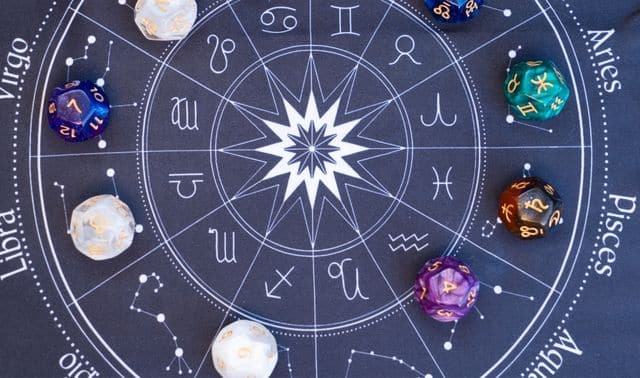Introduction:
Whiskey, often considered the nectar of the gods, is a spirit with a rich history and an enduring global appeal. From the peaty highlands of Scotland to the cornfields of Kentucky, whiskey embodies a diverse array of flavors, aromas, and traditions. In this blanton’s takara gold, we embark on a journey to explore the world of whiskey, unraveling the complexities that make it a timeless and revered libation.
Origins and Diversity:
The origins of whiskey can be traced back centuries, with various regions contributing to its development. Scotland is renowned for its Scotch whiskey, with distinct styles such as Single Malt and Blended Scotch capturing the essence of the rugged landscapes. Irish whiskey, on the other hand, is celebrated for its smoothness and triple distillation process, a testament to the Emerald Isle’s longstanding tradition.
In the United States, bourbon takes center stage, emerging from the cornfields of Kentucky. Recognized for its sweet, full-bodied flavor profile, bourbon has earned its place as a cornerstone of American spirits. Tennessee whiskey, exemplified by the famous Jack Daniel’s, undergoes an additional charcoal filtering process known as the Lincoln County Process, imparting a unique character.
Meanwhile, the burgeoning whiskey scenes in countries like Japan have gained international acclaim. Japanese whiskey, often characterized by meticulous craftsmanship and innovation, has captivated the palates of connoisseurs worldwide.
The Distillation Process:
One of the key factors influencing the character of whiskey is the distillation process. Whether it’s the pot stills of Scotland or the column stills of Kentucky, distillers carefully craft their spirits to achieve a specific flavor profile. The choice of grains, the duration of aging, and the type of barrels used for maturation all contribute to the final product’s nuances.
Aging and Maturation:
The aging process is where whiskey truly develops its complexity. As the spirit rests in wooden casks, it interacts with the wood, drawing out flavors and aromas that transform it into a harmonious elixir. The length of aging varies, with some whiskeys spending decades in barrels, resulting in deep, nuanced expressions.
Tasting and Appreciation:
Whiskey tasting is an art that requires patience, mindfulness, and a keen sense of smell and taste. The “nosing” process involves inhaling the aromas, while the “tasting” phase explores the flavors on the palate. From the initial sweet notes to the lingering warmth, each sip tells a story of craftsmanship and tradition.
Cultural Significance:
Beyond its delightful taste, whiskey holds cultural significance in many societies. It has been the drink of choice for celebrations, a companion during moments of reflection, and a symbol of craftsmanship and tradition. Whiskey distilleries often become pillars of their communities, weaving themselves into the fabric of local history.
Conclusion:
Whiskey, with its diverse styles and rich heritage, stands as a testament to the craftsmanship and artistry of distillers worldwide. From the smoky peat bogs of Islay to the oak-laden warehouses of Kentucky, each bottle tells a unique story. Whether enjoyed neat, on the rocks, or in a meticulously crafted cocktail, whiskey invites enthusiasts to savor the moment and appreciate the beauty found within its amber depths. So, raise a glass to the water of life, and let the journey through the world of whiskey continue.




